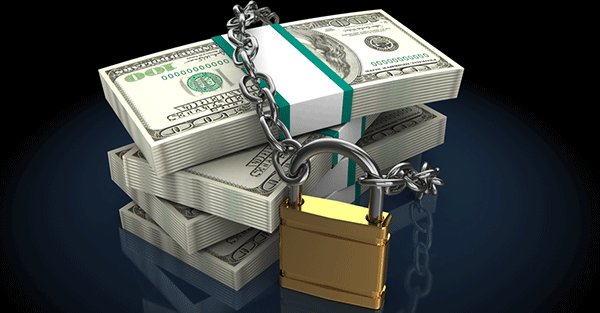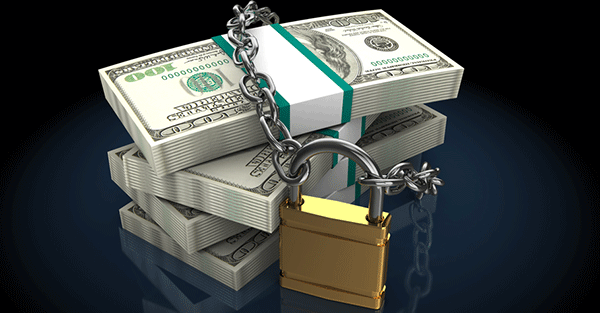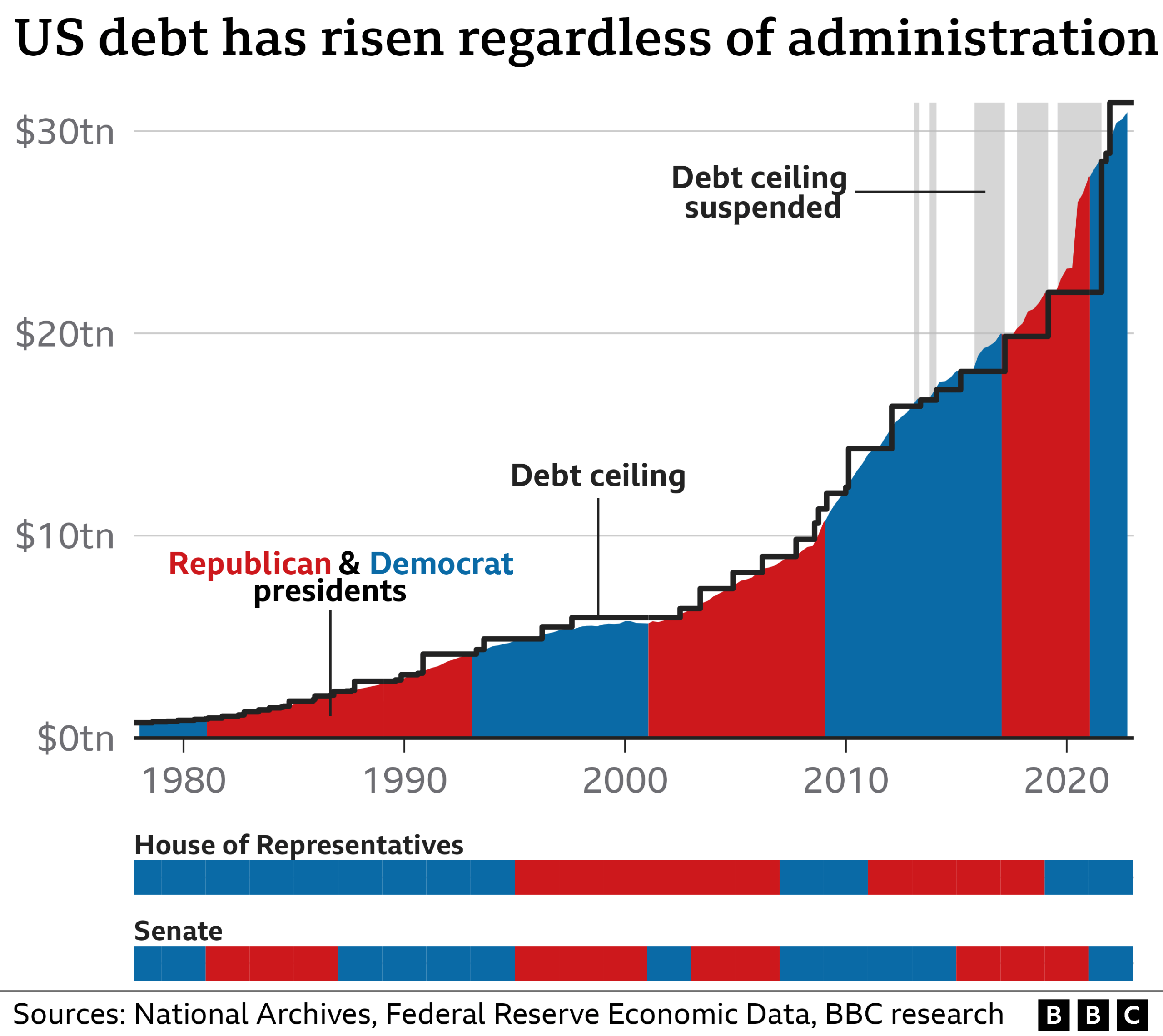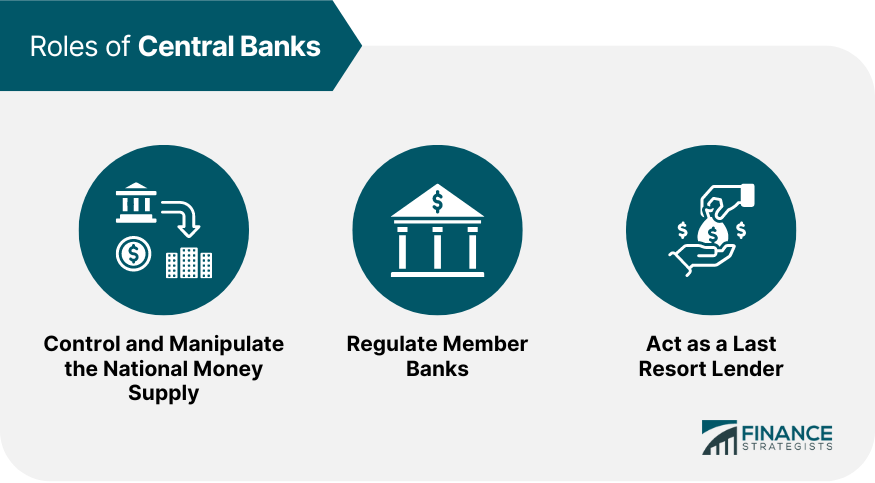
Capital Controls: When Governments Restrict Money Movement
Imagine you have your money in the bank, or you’re planning a big investment overseas. Now, imagine a government suddenly steps in and says, "Hold on, you can’t move that money freely anymore." This isn’t a scene from a financial thriller; it’s a real-world economic tool known as capital controls.
Capital controls are a set of rules and regulations that a government puts in place to manage or restrict the flow of money (or "capital") into and out of a country. These aren’t about your everyday income or spending within your own country, but specifically about cross-border financial transactions.
For beginners, understanding capital controls can seem complex, but it’s a vital concept in global finance and economics. This article will break down what capital controls are, why governments use them, their different forms, and the significant impact they can have on individuals, businesses, and the global economy.
What Exactly Are Capital Controls? A Simple Definition
At its core, a capital control is any measure taken by a government, central bank, or other regulatory body to limit the movement of capital across its borders. Think of it like a financial gatekeeper. Sometimes, the gatekeeper wants to slow down money leaving the country; other times, it wants to slow down money coming in.
Key characteristics:
- Focus on Capital: These controls target investments, loans, financial assets, and large sums of money, not typically everyday consumer spending or remittances (though sometimes these can be affected indirectly).
- Cross-Border Movement: The defining feature is that they regulate transactions between different countries.
- Government Intervention: They are a direct intervention by the state into the free flow of international finance.
Analogy: Imagine your country’s financial system as a swimming pool. Capital controls are like turning valves or installing filters that regulate how much water (money) can flow into or out of the pool, or even what kind of water is allowed.
Why Do Governments Implement Capital Controls? The Driving Forces
Governments don’t impose capital controls lightly. They are often a response to significant economic pressures or a strategic choice to achieve specific economic goals. Here are the primary reasons:
1. Preventing Capital Flight
This is perhaps the most common and urgent reason. Capital flight occurs when a large amount of money rapidly leaves a country. This often happens when:
- Economic Instability: People lose confidence in the country’s economy, currency, or political stability.
- Fear of Devaluation: Investors anticipate their money losing value if kept in the local currency.
- Tax Increases: Businesses or wealthy individuals try to move money to avoid higher taxes.
Capital flight can severely destabilize an economy, deplete foreign currency reserves, and cause a currency to crash. Controls aim to put a stop to this exodus.
2. Stabilizing the Currency
When a country’s currency is volatile (fluctuating wildly) or rapidly losing value (depreciating), capital controls can be used to stabilize it.
- Preventing Outflows: By stopping money from leaving, there’s less downward pressure on the local currency.
- Managing Inflows: Too much foreign money flowing in too quickly can also cause problems, like an overvalued currency that makes exports expensive. Controls can manage this "hot money."
3. Protecting Domestic Industries and Economy
In some cases, governments use capital controls to shield their local economy from foreign competition or influence.
- Limiting Foreign Ownership: To prevent foreign entities from buying up too many domestic companies or assets.
- Encouraging Domestic Investment: By making it harder to invest abroad, capital is kept within the country, potentially boosting local industries.
4. Managing Financial Crises
During a financial crisis, capital controls can be a desperate but sometimes necessary measure to prevent a complete meltdown.
- Bank Runs: To stop people from withdrawing all their money from banks and sending it abroad, which could cause banks to collapse.
- Sovereign Debt Crises: To buy time and prevent a country from defaulting on its debts by conserving its foreign exchange reserves.
5. Maintaining Monetary Policy Independence
A country’s central bank uses tools like interest rates to control inflation and economic growth. However, if money can flow freely across borders, these policies can be undermined.
- Low Interest Rates: If a central bank lowers interest rates to stimulate the economy, money might flow out to countries with higher rates. Capital controls can prevent this outflow, allowing the central bank’s policy to be more effective.
Types of Capital Controls: What Do They Look Like in Practice?
Capital controls aren’t a single, uniform policy. They come in many forms, targeting different types of transactions and flows. They can be broadly categorized into controls on inflows (money coming in) and outflows (money going out).
Controls on Capital Outflows (Preventing Money from Leaving)
These are often implemented during crises to prevent capital flight or currency collapse.
- Restrictions on Foreign Direct Investment (FDI) Abroad: Limiting how much domestic companies or individuals can invest in foreign businesses or assets.
- Limits on Portfolio Investment Abroad: Capping how much domestic residents can invest in foreign stocks, bonds, or other financial instruments.
- Restrictions on Currency Conversion: Making it difficult or impossible for citizens to convert their local currency into foreign currencies (like USD, EUR) for transfers abroad.
- Export Revenue Surrender Requirements: Mandating that companies earning foreign currency from exports must convert a portion or all of it into local currency within the country.
- Taxes on Outward Transfers: Imposing a tax or levy on money sent out of the country.
- Limits on Foreign Exchange Purchases: Capping the amount of foreign currency individuals can buy, especially for travel or personal transfers.
- Direct Prohibitions: Outright banning certain types of foreign payments or investments.
Controls on Capital Inflows (Preventing Too Much Money from Coming In)
These are often used by rapidly growing economies to manage "hot money" or prevent asset bubbles.
- Restrictions on Foreign Direct Investment (FDI) Inflows: Limiting foreign ownership in certain strategic industries (e.g., media, defense, banking).
- Limits on Foreign Borrowing: Capping how much domestic companies or banks can borrow from foreign lenders.
- Taxes on Inward Transfers: Imposing a tax on foreign money coming into the country, especially for speculative investments.
- Minimum Stay Requirements for Foreign Investment: Requiring foreign capital to remain in the country for a certain period before it can be repatriated.
- Mandatory Deposit Requirements: Foreign investors might be required to deposit a certain percentage of their investment with the central bank without earning interest, making speculative "hot money" less attractive.
- Reserve Requirements on Foreign Liabilities: Banks might be required to hold higher reserves against foreign currency deposits or loans.
The Pros and Cons of Capital Controls: A Double-Edged Sword
Like any powerful economic tool, capital controls come with both potential benefits and significant drawbacks.
Potential Benefits (Pros):
- Crisis Management: Can provide a crucial breathing space during a financial crisis, preventing a total collapse of the banking system or currency.
- Reduced Volatility: Helps to smooth out erratic fluctuations in exchange rates and asset prices caused by sudden capital flows.
- Policy Independence: Allows the central bank more freedom to set interest rates and pursue monetary policy goals without being immediately undermined by international capital movements.
- Prevention of Asset Bubbles: By limiting speculative inflows, governments can try to prevent rapid inflation of asset prices (like real estate or stocks) that could lead to a crash.
- Protection of Domestic Industries: Can shield nascent industries from overwhelming foreign competition, giving them time to grow.
- Increased Tax Revenue (from taxes on transfers): While not the primary goal, some controls can generate revenue.
Potential Drawbacks (Cons):
- Deterring Foreign Investment: Capital controls signal a less free and predictable market, making foreign investors hesitant to bring their money in. This can stifle long-term economic growth.
- Reduced Efficiency: They can lead to inefficient allocation of capital, as money might be trapped in less productive domestic investments rather than flowing to more productive opportunities globally.
- Creation of Black Markets: When official channels for moving money are restricted, unofficial or illegal channels often emerge, leading to corruption and distorting the economy.
- Damage to Reputation: Imposing controls can damage a country’s reputation as a reliable and open financial market, making it harder to attract investment in the future.
- Difficulty of Removal: Once implemented, capital controls can be very difficult to remove without triggering new instability, as pent-up demand for capital outflow might be released.
- Reduced Transparency: The complex web of regulations can make financial transactions less transparent, potentially facilitating illicit activities.
- Administrative Burden: Implementing and enforcing capital controls requires significant bureaucratic effort and resources.
Real-World Examples of Capital Controls
Capital controls are not just theoretical; they have been implemented by various countries throughout history and continue to be used today.
- Greece (2015): During its severe debt crisis, Greece imposed strict capital controls to prevent a collapse of its banking system. Limits were placed on daily cash withdrawals, and money transfers abroad were heavily restricted. This was a direct response to a "bank run" and fear of a Grexit (Greece exiting the Eurozone).
- China (Ongoing): China has long maintained a sophisticated system of capital controls, particularly on outflows. This is part of its strategy to manage its exchange rate (the Yuan), direct investment into specific sectors, and prevent large-scale capital flight, even as its economy opens up. Individuals and companies face limits on how much foreign currency they can convert and send abroad.
- Malaysia (1998 Asian Financial Crisis): In response to the Asian Financial Crisis, Malaysia famously imposed capital controls, pegging its currency and restricting outflows. While controversial at the time, many economists now view it as having helped Malaysia recover more quickly than some of its neighbors by shielding its economy from speculative attacks.
- Iceland (2008 Financial Crisis): After its banking system collapsed in 2008, Iceland imposed strict capital controls to prevent a complete financial meltdown and stabilize its currency. These controls were gradually lifted over nearly a decade as the economy recovered.
- Argentina (Periodic): Argentina has a history of imposing capital controls, often in response to recurring economic crises, high inflation, and currency depreciation. These often involve restrictions on buying foreign currency and sending money abroad.
Who is Affected by Capital Controls?
Capital controls cast a wide net, impacting various stakeholders both inside and outside the country.
-
Individuals:
- Travelers: May face limits on how much foreign currency they can carry or spend abroad.
- Expatriates/Migrant Workers: Sending remittances back home or receiving money from abroad can become difficult or costly.
- Savers: May find it hard to move their savings to safer havens abroad, even if they fear domestic economic instability.
- Consumers: Limited access to imported goods if businesses struggle to pay foreign suppliers.
-
Businesses:
- Importers/Exporters: Can struggle to pay or receive payments in foreign currency, disrupting supply chains and trade.
- Multinational Corporations (MNCs): Face challenges in repatriating profits from their operations or investing new capital.
- Domestic Businesses: May find it difficult to expand internationally or access foreign financing.
-
Investors:
- Foreign Investors: Become wary of investing in a country with capital controls, fearing they won’t be able to withdraw their profits or principal.
- Domestic Investors: Limited in their ability to diversify their portfolios by investing in foreign assets.
-
The Government/Economy:
- Central Bank: Gains more control over monetary policy but risks alienating international markets.
- Overall Economy: Can experience short-term stability but risks long-term stagnation due to reduced foreign investment and efficiency.
Are Capital Controls Always Bad? A Nuanced View
The question of whether capital controls are "good" or "bad" is complex and hotly debated among economists. There’s no simple "yes" or "no" answer.
- Context Matters: Many economists agree that in times of extreme crisis (like a sudden financial meltdown or massive capital flight), temporary capital controls can be a necessary evil to prevent a complete economic collapse and buy time for structural reforms. Malaysia and Iceland are often cited as examples where they proved beneficial in a crisis context.
- Long-Term vs. Short-Term: While they might offer short-term stability, long-term or permanent capital controls are generally viewed more negatively. They tend to distort markets, reduce efficiency, and hinder economic growth in the long run.
- Design and Implementation: The effectiveness of capital controls also depends heavily on how they are designed, implemented, and managed. Poorly designed controls can be easily circumvented or lead to worse outcomes.
In essence, capital controls are a powerful and restrictive tool. They are often a sign that a country’s economy is under stress or that its government is trying to manage significant economic transitions. While they can offer a lifeline in desperate times, they come at a cost to economic freedom, market efficiency, and international integration.
Conclusion: Understanding the Gates on Global Money Flow
Capital controls are a fascinating and impactful aspect of international finance. They represent a government’s direct intervention into the free flow of money across borders, often in response to crises or to achieve specific economic objectives.
While they can provide a vital shield during turbulent times, preventing financial collapse and offering a degree of policy independence, they also carry significant risks. By deterring foreign investment, fostering black markets, and damaging international reputation, they can stifle long-term economic growth and integration.
For anyone navigating the global economy – whether as an individual, an investor, or a business owner – understanding capital controls is crucial. They serve as a powerful reminder that the movement of money isn’t always as free as it seems, and that governments hold significant power to open or close the gates of their financial borders.




Post Comment